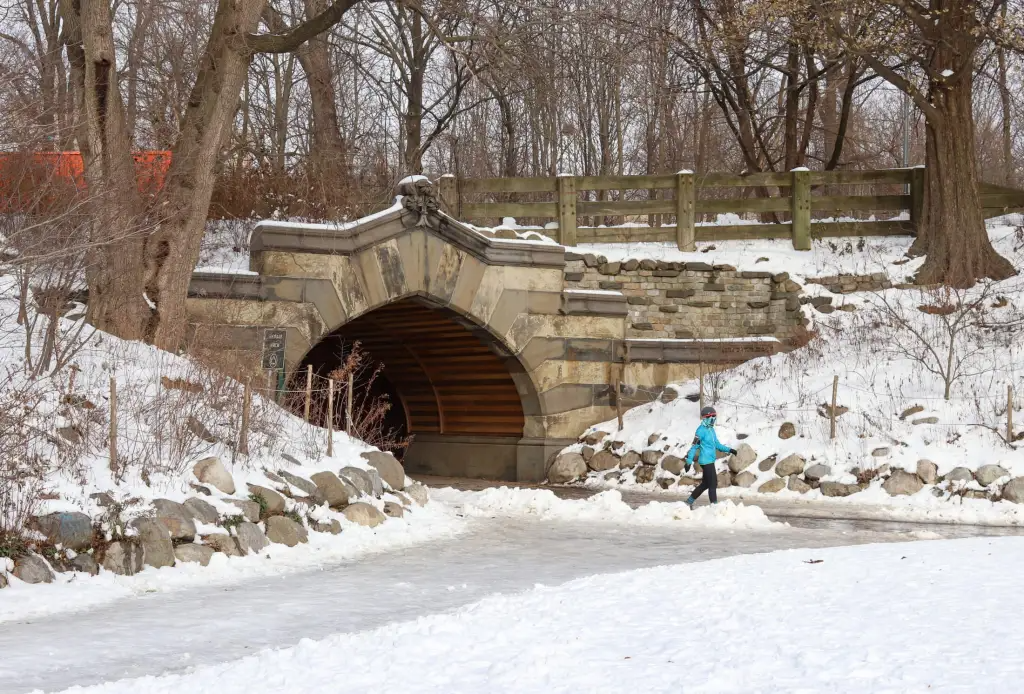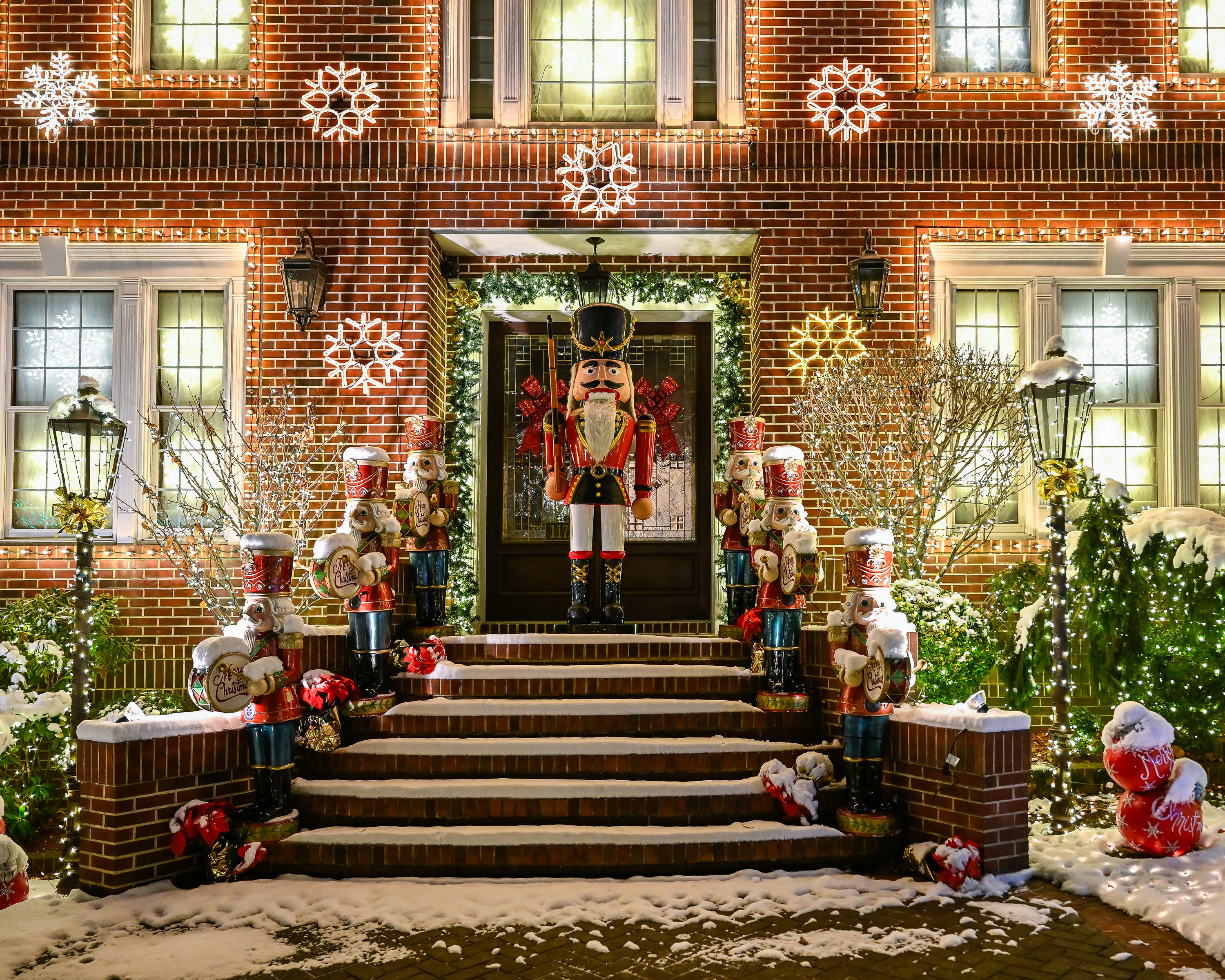The New Gentrification
The Friday Times took another look at the work of Jane Jacobs, who “waged heroic war against planners who dreamed of paving the Village’s cobblestone streets, demolishing its tenements and creating sterile superblocks.” According to Sharon Zukin, a Brooklyn College sociology professor and author of Naked City: The Death and Life of Authentic Urban Places,…


The Friday Times took another look at the work of Jane Jacobs, who “waged heroic war against planners who dreamed of paving the Village’s cobblestone streets, demolishing its tenements and creating sterile superblocks.” According to Sharon Zukin, a Brooklyn College sociology professor and author of Naked City: The Death and Life of Authentic Urban Places, saving the cobblestone streets and old architecture may retain a neighborhood’s character superficially, but is doesn’t do much for the community who gave the neighborhood its soul. Zukin paid a visit to Williamsburg (“the East River gold coast”), where she pointed out “a low-slung old granary with a MacBook-speckled coffee bar” and said, We’ve gone from Jacobs’s vision to the McDonald’s of the educated classes. Are you buying what Zukin’s selling?
A Contrarian’s Lament in a Blitz of Gentrification [NYT]





Why is shop after shop of Boutiques, coffee shops and gourmet markets all with a similar aesthetic any less “authentic”, or more boring or “same” – then a neighborhood with shop after shop of check cashing places, liquor stores, overpriced bodegas and Chinese take-out selling chicken wings and French fries?
Very much so Benson. There are many long time homeowners in the PLG HD I’m one, but there are others here much longer than me. I’ll concede that I could not buy my home today, but, based on current income, as a retiree, I couldn’t buy anywhere in the NY metropolitan area, including areas that are neither landmarked nor gentrified.
Again, there’s alot of Henny-Penny-ing going on here!
Take 1920s Clinton Hill as an example. Free-standing mansions and clusters of brownstones were torn down to make large (and now beloved!) pre-war apartment buildings. Did their devolopment overrun the neighborhood? No. Has today’s preservation movement displaced all of CH’s residents? No. Will every block in CH have a huge tower like the corner of Washington and Myrtle? Probably no.
Preservation is a good thing. Development is a good thing. The pushing and pulling of multiple (NOT JUST ONE) neighborhood interests are the key to a continuously healthy neighborhood.
1. “Middle-class “pioneers†buy brownstones and row houses. City officials rezone to allow luxury towers, which swell the value of the brownstones.”
This is a fascinating economic theory, holding that increasing the supply of a good (housing, in this case) causes its price to rise.
There’s room for both kinds of living – sleek, new stuff & pretty, old stuff. I doubt anyone would argue that putting up huge projects is a good idea – piece in The Times today says Bloomie’s going to restore old buildings for lower income housing instead of putting up more Fedders towers. People identify with & take pride in less gargantuan developments where your neighbors aren’t anonymous.
I bemoan both Bleecker St & W. 57th because the shops are so generic & just embodiments of catalogues. There are places where those stores are appropriate but landmark streets in Manhattan aren’t among them.
Bob;
That is a sleight of hand. PLG is surrounded by areas that are not landmarked. Is your statement true for the landmarked area?
“the “village” is alive and well, just moved.
has this chick even been to bushwick?
seriously, art, music, house parties, really really interesting gallery exhibitions, etc….
young people and innovation have not left new york”
As much as it pains me to agree with wine lover – I mean that in a good way, wine lover :)- its a good point. And to add to that, its healthy for this to happen. And even better is the interlocking of youth and innovation with older neighborhoods and residents. Neighborhoods live and breathe, communities change and stay the same. But its supposed to happen. What isn’t supposed to happen is to have one destroy the other. Gentrification on steroids is not what Jane Jacobs thought was healthy. That sort of change comes out of greed and arrogance. It is not the result of organic growth or change.
Montrose;
Again I ask: please identify one landmarkred area that, 25 years later, has not stratified economically? I am old enough to remember when sections of Brooklyn Heights were actually working-class. The very thought of that today would seem absurd to us today.
I am not positioning myself as a tribune of the working class. I am not into self-loathing. I’m not a middle-class guy who pretends that my authenticity requires having a former dockworker’s bar in my hood. Rather, I am simply stating a fact: history shows that landmarking an area leads to it eventually becoming an upper-middle-class area.
I came from a working-class background, and still keep in touch with alot of my old friends. I can tell you this: NONE of them (and that is a fact) desire to live in Park Slope or any other landmarked areas. They simply do not meet their needs, and are not affordable in the least to them.
“I challenge everyone on this site to find ONE area that, 25 years after LPC designation, is still an economically-mixed area.” Benson @ 10:28
My neighborhood, Prospect Lefferts Gardens, was designated by the LPC in 1979 and can still be described as economically mixed. There are others, but I’ll stick with what I know best.